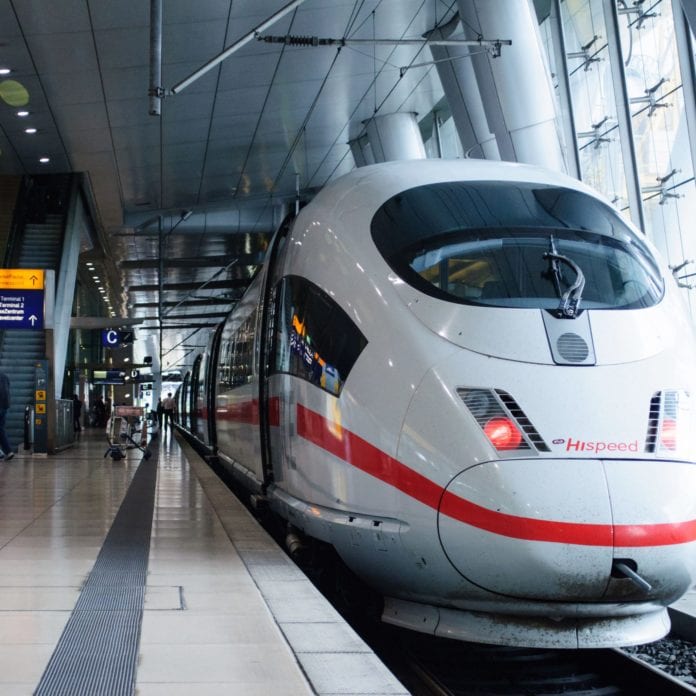New Huawei white paper considers how MNOs can expand connected car services, while Nokia focuses on bolstering public transit to compete with new, self-driving vehicle transport models.
The automotive vertical is now and expected to continue to be a major source of revenue and innovation for mobile network operators as vehicles become increasingly connected on the path toward fully autonomous driving. This sea change is expected to upend existing transit models, as well as vehicle ownership models – instead of driving your car to work, fleets of self-driving vehicles could show up on demand to take you to work. In preparing for this technological and economic shift, Huawei and Nokia are working to understand how mobile network operators can leverage core strengths to expand their reach into transportation.
In a new white paper titled “Smart transportation: Maximize mobile network’s value beyond connectivity,” Huawei points to four opportunities for mobile network operators as smart transportation solutions continue to gain traction. This includes telematics service to support usage-based insurance and fleet management; smart parking service on top of narrowband “internet of things” network connectivity; LTE-based emergency services; and advanced driver assistance systems based on LTE-V or “5G” standards.
According to the authors of the paper, “All in all, MNOs have unique advantages in terms of policies and regulations, customer base and technology to facilitate the development of smart transportation. Beyond keeping upgrading network and providing quality network services, MNOs shall consider playing an all new role in smart transportation in the coming years.”
Huawei has been seen as a leader in the development of NB-IoT technologies and use cases including smart parking. Last year, the vendor and Vodafone conducted a NB-IoT smart parking trial in Spain in partnership with Fangle and Ublox. The trial covered various indoor parking spots and was designed to allow users to access parking data remotely from a mobile application, including checking parking spot availability and navigating to the available spots, among other features. In addition to creating new revenue streams for municipal governments or parking authorities, smart parking solutions can lower the cost of running parking lots and help alleviate traffic congestion.
Nokia, taking a slightly different angle, recently dug into how transit authorities, particularly operators of metro rail systems, will maintain competitiveness in a future filled with autonomous vehicles. As investment in autonomous vehicles continues, Nokia says the over-the-top services take advantage of government-controlled road infrastructure, while many rail systems are owned by private groups faced with continuing revenue pressures.
“This may appear to be a disadvantage,” according to Nokia. “But with investments in metro network infrastructure having a lifespan of 10 to 20 years, infrastructure owners have an opportunity to invest in new technologies now that will help them to remain relevant and attractive to their customers.”
Nokia suggests four opportunities for metro operators:
- Provide a better passenger experience by way of onboard infotainment services, as well as providing high-speed internet, shopping portals with en route delivery, virtual reality and charging stations.
- Metro operators could leverage telecom infrastructure already in place by selling access.
- Diversify with partnerships, for example, with bike- and ride-share providers.
- Monetize the wealth of passenger data by proactively sharing and managing data to bolster end-user experience.
“Efforts to develop connected cars are clearly advancing,” according to Nokia. “While the technology has a few hurdles to clear until it is viable, it is important for metro operators to act now so their networks continue to develop and remain the backbone of sustainable transport in the cities of the future. If not, they risk being bypassed altogether.”

